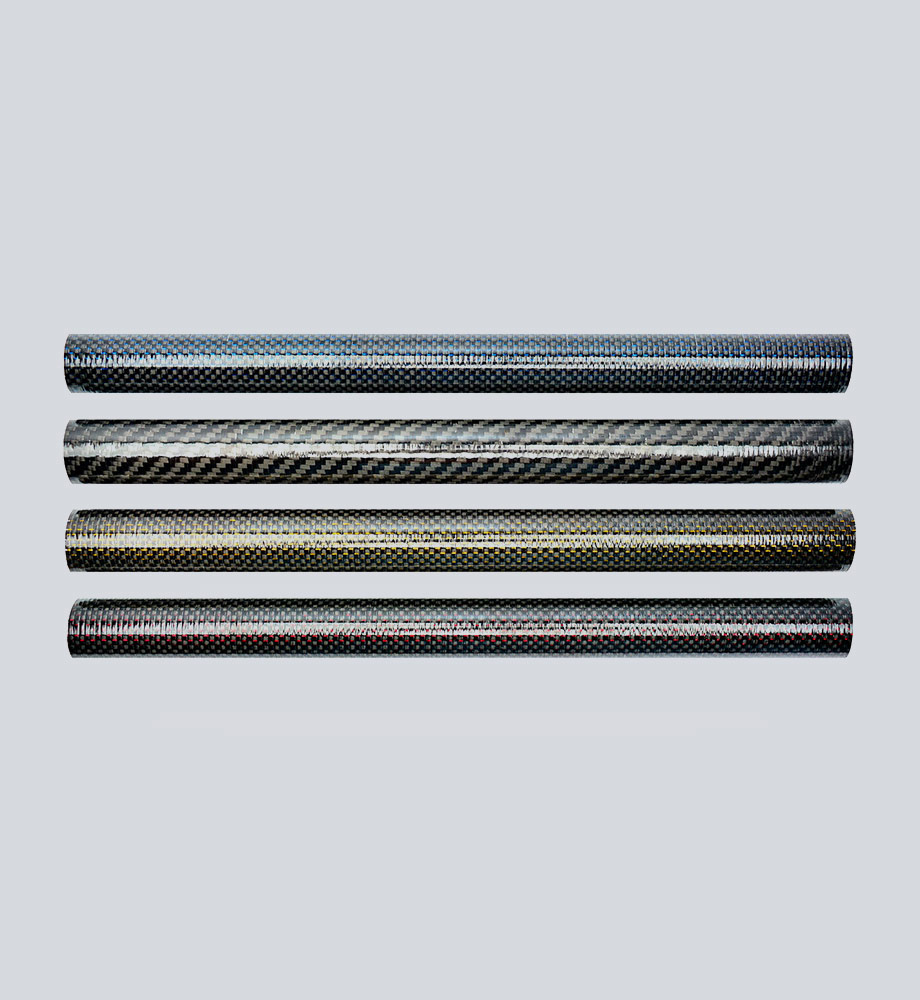Key Features
- Ultra-High Stiffness: Carbon fiber rods have a very high modulus (often 100–300 GPa), far exceeding glass-fiber rods.
- Lightweight: Density ~1.6 g/cc, about one-quarter of steel, allowing dramatic weight reduction.
- High Tensile Strength: Typical >1.5 GPa, with excellent fatigue life.
- Pultruded Consistency: Continuous fibers eliminate seams; uniform cross-section along length.
Benefits
- Minimized Deflection: In structural assemblies, carbon rods maintain shape under load when steel would sag.
- Corrosion-Free: Suited for outdoor use without rusting; ideal for concrete reinforcement (as rebar) or marine tie rods.
- Embedded Reinforcement: Often used to strengthen concrete or retrofit masonry (due to no thermal issues).
Applications
- Supporting elements in antennas, signposts, and sensor masts where stiffness is critical.
- High-performance truss and framework components in aerospace, automotive, and construction.
- Pultruded tension rods in pre-tensioned concrete, replacing steel tendons.
- Tie-rods and braces in robotics and machinery.
Technical Specifications
- Material: Toray or equivalent high-modulus carbon fibers in epoxy/vinylester resin.
- Diameter Range: Standard stock from 6 mm up to 50 mm or more. Custom diameters possible.
- Modulus: Typically 150–250 GPa (some ultra-high-modulus rods available).
- Strength: 1500–2500 MPa tensile.
- Elongation at Break: ~1–2%.
Unique Selling Points (USPs)
- Exceptional Strength-to-Weight: Carbon pultruded rods achieve stiffness and strength that allow design miniaturization not possible with glass or steel.
- Thermal Stability: Very low thermal expansion (near zero), crucial in precision structures.
- Continuous Fiber Quality: No joints along length means no weak points. These rods are the epitome of “linear strength”.

